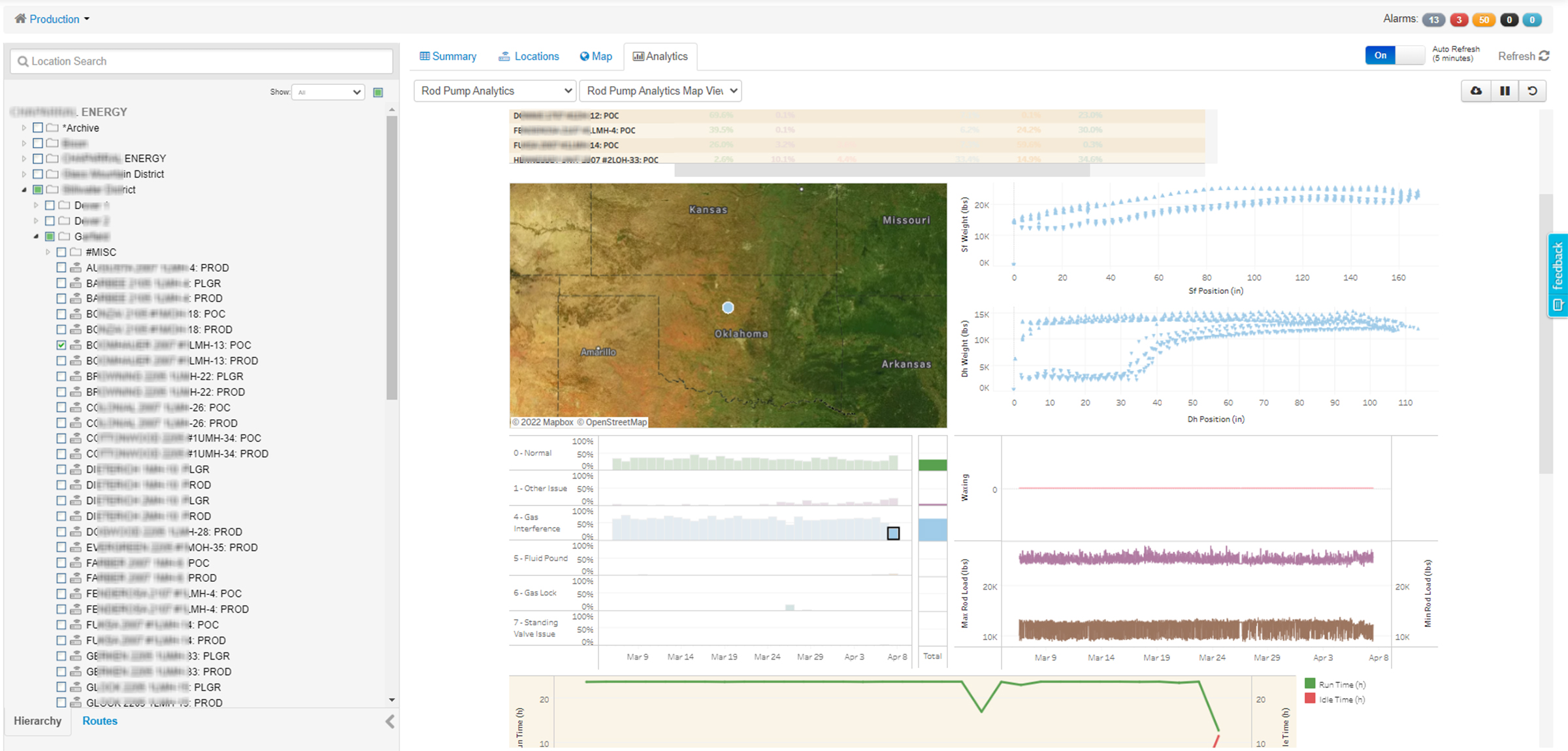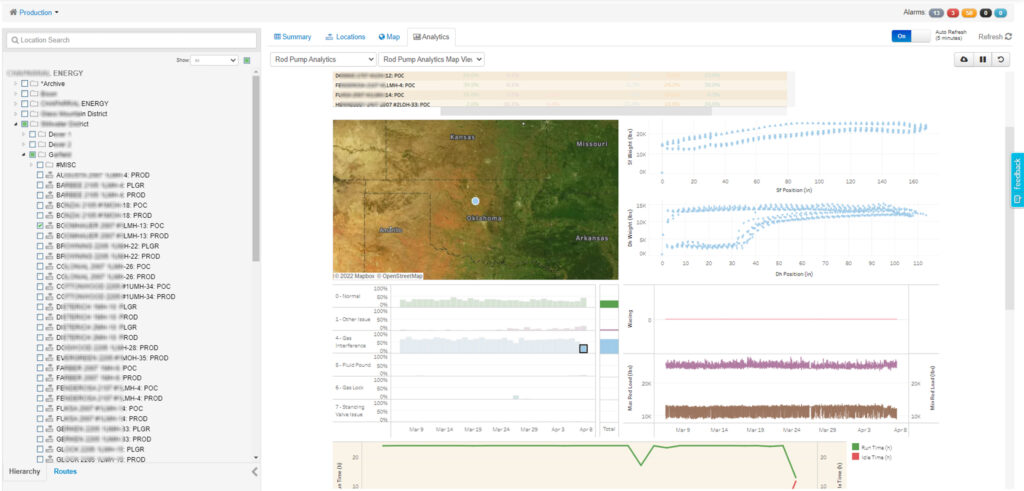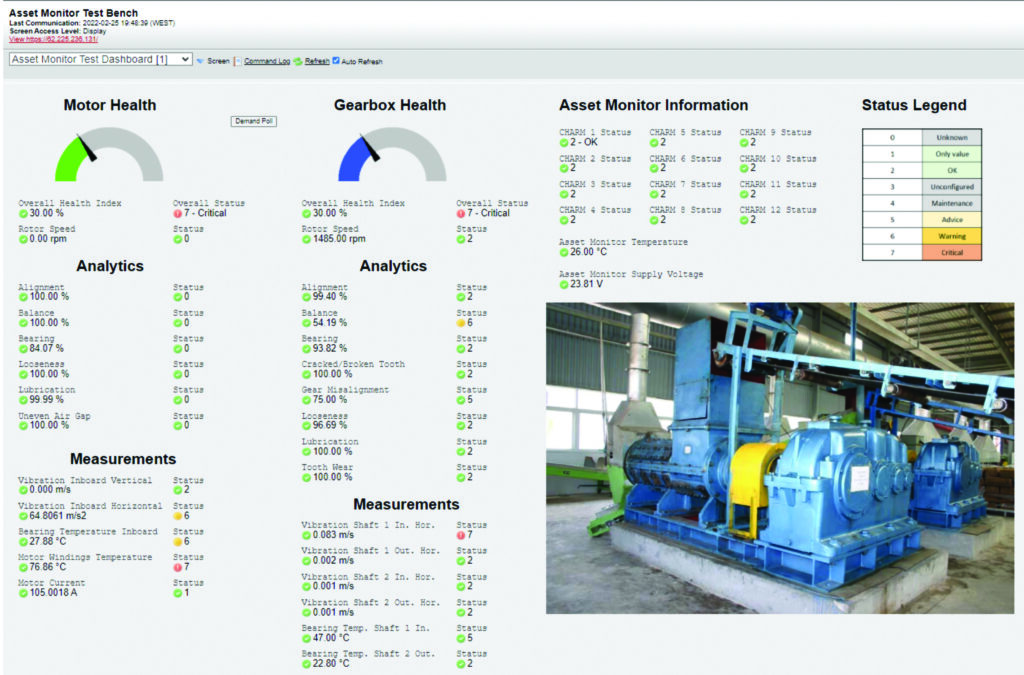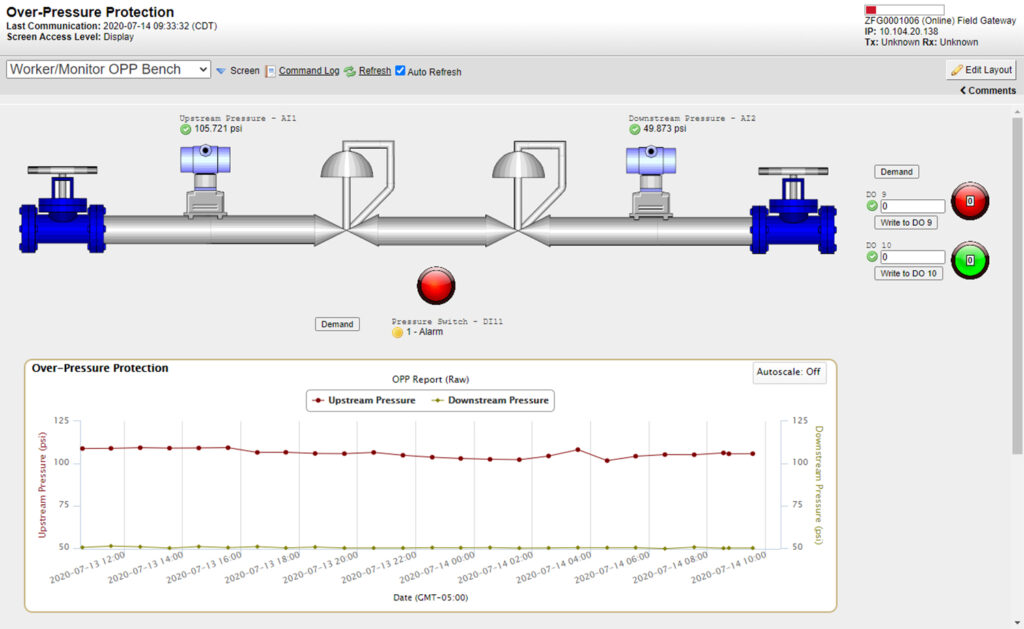By deploying software-as-a-service SCADA technology, organizations can reduce complexity, optimize costs, enhance security and future-proof their infrastructure for sustainable growth.

Saas SCADA insights
- Traditional SCADA systems require significant investment in infrastructure, skilled IT resources and ongoing maintenance. SaaS SCADA offloads this burden by delivering a fully managed platform that includes regular updates, security patches and scalable features.
- SaaS SCADA providers incorporate security by design, leveraging cloud infrastructure with built-in, layered defenses and zero-trust architecture.
- By enabling remote access, real-time data visibility and scalable infrastructure, SaaS SCADA solutions help organizations optimize operations, reduce costs and improve safety.
Operators of industrial facilities have long relied on supervisory control and data acquisition (SCADA) software to remotely monitor and control their equipment, as well as securely collect and store device data for alarming, viewing and reporting.
However, in today’s business environment, companies are facing new complications as they navigate a more volatile and uncertain global economy, along with challenging environmental concerns. Lean operations teams are being tasked with more responsibilities as organizations introduce strategies more focused on flexibility to adapt their operations to meet ever-changing marketplace needs. Many organizations are also leveraging advanced toolsets, including AI-driven analytics and autonomous actions, to help navigate the challenges of increasingly complex operations.
Modern SCADA software is often the best solution for collecting and consolidating the data required as input to these AI and analytics applications, but few lean teams have the resources — both personnel and capital — to install, configure, secure and maintain a local SCADA system effectively and efficiently. Cybersecurity is also a significant consideration that requires resources to manage effectively.
When compared to a company’s core business, expenditures on information technology (IT) infrastructure and resources typically provide little to no direct return on investment. Today’s most effective corporations must instead direct their scarce resources toward tasks that generate improved performance, organizational flexibility and stronger returns. To meet these goals, many organizations are moving away from locally managed SCADA systems, opting instead to partner with a trusted automation supplier to provide managed software-as-a-service (SaaS) SCADA solutions (figure 1).

Figure 1: As operations continue to increase in complexity, more organizations are turning to SaaS SCADA solutions to help them do more with less.
SaaS simplifies SCADA installations and support
Whether an organization is implementing a new, greenfield SCADA system or replacing legacy software that no longer meets operational or regulatory requirements, many elements need to be taken into consideration. First and foremost, a company must select a solution that meets their requirements for the full lifecycle of the asset or facility. Once the selection is made, the company needs to ensure they have the IT infrastructure and skilled resources to support the installation, which may include a wide variety of contracts necessary for the operation of the platform. Finally, to complete a successful implementation, the existing field devices need to be commissioned on the platform, and a cybersecurity best practice program needs to be implemented across the entire deployed solution.
Selecting a SCADA solution
Organizations selecting locally deployed and managed SCADA solutions must make all these complex business decisions themselves. Not only do they need to select and deploy the SCADA solution, they also need to have the skilled resources necessary to manage day-to-day operations, all without performance disruptions or cybersecurity incidents. Plans and financial budgets also must be created to address future software upgrades. With an aging demographic, finding and retaining skilled IT resources to manage the system can be a significant challenge.
A SaaS SCADA solution from a trusted automation partner eliminates many of these complexities. A SaaS solution typically includes regular software updates and security patches as part of the subscription service. New features, enhanced functionality, security patches, hotfixes and other content will automatically appear without the need for user intervention. This allows operations teams to focus on their core business, rather than system maintenance, while still having access to all the latest features and functionality so they can be as productive as possible.
Selecting a SCADA solution that can scale with the business is another important consideration. A locally deployed SCADA system often requires significant end user effort and capital investment to implement capacity expansions to keep up with business growth. Moreover, it may result in underutilized assets if the business doesn’t grow as planned. Alternatively, a SaaS SCADA solution provides infinite scalability, always optimized for the organization’s current business needs.
Implementing infrastructure
Organizations implementing locally deployed and managed SCADA software will either need to build and manage their own computing infrastructure or contract with a third-party data center provider. In addition, they will need to secure and manage telecommunications contracts and network infrastructure, ensuring they have adequate bandwidth for all data transmission between remote field assets, enterprise systems and more. For both setup and day-to-day operations, the corporation will need skilled IT personnel to manage all aspects of the solution.
In contrast, a SaaS SCADA solution (figure 2) eliminates the need for internal resources dedicated to managing IT and telecommunications infrastructure. The most experienced SaaS SCADA solutions providers will offer the secure connectivity options necessary to connect an organization’s remote locations to the cloud platform, with the added assurance of flexible bandwidth to meet business needs.

Figure 2: The most advanced SaaS SCADA software providers deliver solutions that seamlessly integrate with key applications— such as asset monitoring tools— out of the box.
SaaS SCADA solutions can also provide the benefit of being hardware brand agnostic. Deploying such a solution allows for connectivity to nearly any field device via a variety of connection technologies: public cellular, private radio, satellite or securely over the internet. Moreover, many of the trusted SaaS SCADA providers offer platform commissioning services that leverage their decades of automation industry expertise to seamlessly deploy modern solutions over both new and legacy applications (figure 3).

Figure 3: Modern SaaS SCADA solutions can connect to nearly any application or field device.
Simplifying secure SCADA to manage cybersecurity risk
One of the greatest challenges organizations face when implementing any SCADA solution is cybersecurity risk management. Every interface in a SCADA solution creates an increased attack surface for cybersecurity breaches. That risk only increases as teams add external enterprise systems, such as AI, analytics tools, connections to enterprise resource planning systems and more.
Implementing cybersecurity solutions to reduce those attack surfaces is complex and ever-changing. The dynamic nature of the cybersecurity landscape requires the constant vigilance of a highly skilled IT team, a resource many corporations do not have in house.
Another benefit of a SaaS SCADA solution is that the automation provider takes on the cybersecurity risk management responsibilities, dramatically improving the cybersecurity posture with a managed, layered security strategy. Automation providers with decades of expertise build security protocols directly into the SCADA solutions they develop. The software is secure by design because it was built for the cloud. In fact, the most advanced providers are building toward a zero-trust environment, where every element of the SCADA solution and its connection points are subject to the most stringent cybersecurity standards.
Coupled with the secure design standards practiced by the world’s most advanced automation suppliers is the additional layer of security provided by the suppliers’ partners. Those partners — including cloud platform providers — maintain the highest possible security standards across their data centers, with literally thousands of cybersecurity professionals on staff around the clock.
SaaS SCADA in action
The benefits of a SaaS SCADA solution extend far beyond security, scalability and service. For one organization operating offshore oil and gas platforms, the operations team found they had a significant amount of critical data stranded in the field. Travel to the platforms for data collection or process changes was costly and inefficient. Typically, trips required redirecting experienced personnel from other high-value tasks, with each site visit costing several thousand dollars. Each trip also resulted in nontrivial safety risks.
Optimized production is critical for all upstream oil and gas organizations, especially during challenging economic times. This company’s management was aware that suboptimal production and higher costs were impacting their market value. To address this challenge, the management team decided to implement a SaaS SCADA solution. They started with a pilot involving a small number of platforms to test the capabilities and prove out the business case. The new SaaS SCADA solution provided remote data collection and control capabilities, significantly reducing the number of trips to site, while providing the means to introduce an optimization application.
The results were rapid and impressive. The organization increased oil production by approximately 15% and gas production by nearly 20%, significantly increasing well profitability. The return on initial investment was estimated at less than one year, and operators and engineers were freed up to focus on other priorities. Based on these early results, the organization chose to expand the project to all their platforms.
SCADA captures competitive advantage
Today’s organizations operate in an extremely competitive marketplace. Success in such an environment means creating competitive advantage — a challenge often accomplished with the use of automation technology such as SCADA software. However, if a SCADA solution lacks flexibility, is complex and requires extensive overhead to implement, manage and maintain, desired gains may not be achieved.
SaaS SCADA solutions provide many organizations — especially those with lean staffing and limited IT support — with the best of all worlds: increased productivity, flexibility and performance, along with reduced overhead. Whether as part of a greenfield project or a long-overdue modernization, there has never been a better time to work closely with a trusted automation partner to evaluate the best SCADA solution.
All figures courtesy of Emerson.
AUTHORS
Douglas Kinnaird is a product leader with over 25 years of experience in innovation, technology development and commercialization. As the Director of SaaS Product for Emerson DeltaV SaaS SCADA, Kinnaird leads the product management team, focusing on defining and delivering value added solutions for customers across multiple industry sectors. Kinnaird is a mechanical engineering graduate from the University of Alberta. His career includes leadership roles in several industries including primary manufacturing, telecommunications and upstream oil and gas services.
Ilario (Larry) Spagnolo served as President of Zedi Inc. doubling its size across North America and lead Zedi’s divestiture, transition and integration into Emerson’s industrial software business unit as VP and GM of DeltaV SaaS SCADA. Previous to Emerson and Zedi, he was President of TELUS Sourcing Solutions Inc., and Vice President and General Manager of TELUS Health Solutions (TSSI), a wholly owned subsidiary of the TELUS Corporation. Today, Spagnolo serves on the Emerson Electric Canada Pension Board as Emerson Electric Canada President, as Vice Chair of the Board of Governors for Athabasca University, and has served on the NAIT Board of Governors, representing NAIT at Polytechnics Canada. He holds diplomas from the NAIT School of Business and Grant MacEwan University and has completed executive education programs at INSEAD and the Rotman School of Management at the University of Toronto.
LEARNING OBJECTIVES
- Understand the benefits of transitioning from traditional SCADA systems to SaaS-based solutions.
- Recognize how SaaS SCADA enhances cybersecurity and reduces risk.
- Evaluate the impact of SaaS SCADA on operational efficiency and return on investment.
CONSIDER THIS
Is my organization investing too much time and resources in managing SCADA infrastructure, when a SaaS approach could improve security, scalability and operational efficiency with less internal burden?